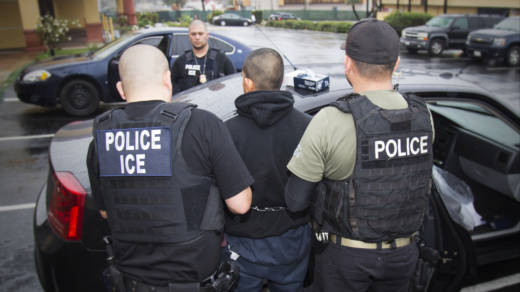“ICE is not able to account for the overall impact of its enforcement actions on U.S. citizen or legal permanent resident minors whose parents or legal guardians have been detained,” said Gretta Goodwin, who directs the U.S. Government Accountability Office’s Homeland Security and Justice team, and led the report.
ICE’s own guidelines, adopted in the summer of 2017, spell out that its staff must be aware of the potential impact that arresting, detaining and deporting immigrants could have on children who are U.S. citizens or green card holders.
Detentions by ICE totaled nearly 440,000 nationwide in 2018, about 30% higher than in 2015, according to the report. The watchdog agency also found that the number of detainees who have disabilities, are transgender individuals or are nursing and pregnant women also increased during that period.
The GAO review, published on Dec. 5, was requested by Rep. Zoe Lofgren, a San Jose Democrat, who chairs the House Judiciary’s Subcommittee on Immigration and Citizenship.
Although ICE collects information on some parents and legal guardians, it does so only for individual cases that require accommodations, such as child visits to detention centers or transportation for parents to attend child welfare hearings, said Britney Walker, an agency spokeswoman.
Those cases represent only a small proportion of all parents in ICE custody, according to officials quoted in the GAO report.
“ICE does not have any requirement or need to aggregate or instantaneously pull data on the parent or legal guardian population, and doing so would not better inform ICE’s decision-making processes,” said Walker.
In California, about 750,000 students in grades K-12 have undocumented immigrant parents who are at risk of arrest by ICE, according to an analysis by The Education Trust—West, an Oakland-based think tank focused on academic equity.
Knowing the total number of detained immigrant parents could help shape policies to address the needs of families in California and the rest of the country, said Bill Hing, a professor at the University of San Francisco School of Law.

